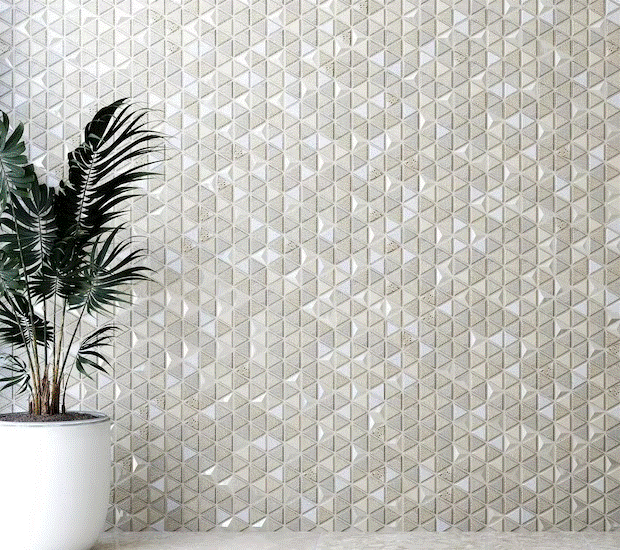
The Living Wall
Wallcoverings have been a popular choice for home and commercial interiors for centuries, offering a versatile and creative means to enhance the aesthetic appeal of any space. From traditional wallpapers to modern vinyl coverings, the variety and innovation in wallcovering materials and designs provide endless possibilities. However, as with any design choice, wallcoverings come with their own set of advantages and disadvantages. Understanding these can help homeowners, decorators, and architects make informed decisions about their use.
Advantages of Wallcoverings
One of the primary advantages of wallcoverings is their ability to transform a room's appearance quickly and effectively. Unlike paint, which can often require multiple coats and a considerable amount of time to apply and dry, wallcoverings can be installed relatively swiftly, providing an instant change in the ambiance and character of a room. The wide range of designs, patterns, and textures available in wallcoverings allows for a level of customization that paint cannot match. From bold, dramatic patterns to subtle, sophisticated textures, wallcoverings can complement any interior design style, whether traditional, contemporary, or eclectic.
Durability is another significant benefit. High-quality wallcoverings, especially those made from vinyl or other resilient materials, can withstand wear and tear better than paint. They are less prone to showing marks, stains, and scuffs, making them an excellent choice for high-traffic areas such as hallways, kitchens, and commercial spaces. Additionally, many wallcoverings are washable and scrubbable, making maintenance easier and extending their lifespan compared to painted surfaces, which can require frequent touch-ups.
Wallcoverings also offer practical benefits in terms of coverage and concealment. They can effectively hide imperfections in walls, such as cracks, uneven surfaces, or minor damage, that would otherwise be difficult and costly to repair. This can be particularly advantageous in older buildings where wall imperfections are common. Furthermore, certain types of wallcoverings can provide additional insulation, both thermal and acoustic, enhancing the comfort and energy efficiency of a room.
Disadvantages of Wallcoverings
Despite these advantages, wallcoverings are not without their drawbacks. One of the primary disadvantages is the initial cost. Quality wallcoverings and professional installation can be more expensive than paint. The cost of materials, coupled with the potential need for skilled labour to ensure proper installation, can make wallcoverings a significant investment. However, this cost may be offset by their durability and longevity, reducing the need for frequent replacements or repairs.
Installation and removal can also pose challenges. While some wallcoverings are designed for easy application and removal, others can be difficult to work with. Improper installation can lead to issues such as bubbling, peeling, and misalignment of patterns, which can be costly and time-consuming to fix. Removing old wallcoverings can be a labour-intensive process, often requiring special tools and chemicals to avoid damaging the underlying wall surface. This can deter homeowners from opting for wallcoverings, especially if they anticipate wanting to change their interior design frequently.
Another consideration is the potential for moisture damage. In areas with high humidity, such as bathrooms and kitchens, wallcoverings can be susceptible to peeling and mold growth if not properly sealed and maintained. This makes them less suitable for certain environments unless specifically designed for such conditions. Additionally, some wallcoverings can emit volatile organic compounds (VOCs) during and after installation, which can affect indoor air quality and pose health concerns, particularly for those with respiratory issues or chemical sensitivities.
Conclusion
In conclusion, wallcoverings offer a unique and versatile option for enhancing the aesthetic and functional aspects of interior spaces. Their ability to quickly and dramatically alter a room's appearance, combined with their durability and ability to hide imperfections, makes them an attractive choice for many homeowners and designers. However, the initial cost, potential installation and removal difficulties, and suitability for different environments are important factors to consider. By weighing the pros and cons, individuals can make an informed decision about whether wallcoverings are the right choice for their specific needs and preferences.
